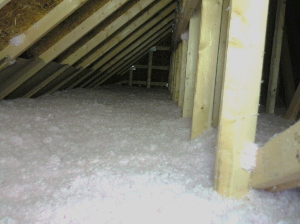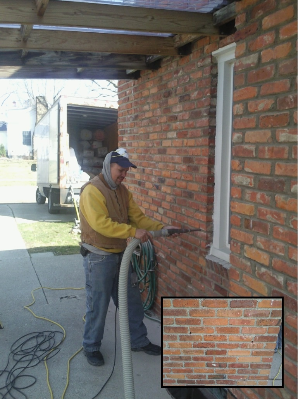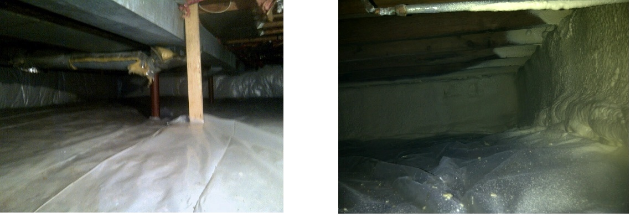Products & Services
Loose-Fill Insulation for Open Attics
Austin Insulation uses premium loose-fill insulation from multiple cellulose and fiberglass manufactures keeping an unbiased outlook on new and existing products. Our goal is to simply give our customers the best products and installation possible.
When adding loose-fill insulation to new and pre-existing attics, special attention is focused on the proper ventilation requirements. Attics are designed to intake fresh air through the soffit vents and exhaust through the roof vents. This cycling of fresh air is crucial in reducing and eliminating mold and condensation of wood framing members, ice damm issues, and extending the life of your shingles.
Drill and Fill for Existing Walls
Older buildings without insulation in the walls are addressed at Austin Insulation with a technique known as Drill & Fill. Where small holes are drilled through the exterior walls and all cavities are filled with cellulose loose-fill insulation. The ending R-value is R-13 for 2x4 constructed walls and R-21 for 2x6 constructed walls.
Drill & Fill is also used in interior walls, ceilings and floors for sound control and for fire walls in residential and commercial applications.
Fiberglass Batts
Fiberglass batts come in a variety of sizes and faces depending on the situation, space available, and code requirements. The R-Values range from R-8 to R-38 and the facing material is available in Kraft Faced, Foil, Vinyl, and Unfaced.
The current code for new constructed homes in Michigan are as follows:
Exterior Walls: R-21
Attic ceilings: R-49
Floors: R-30
Basement Walls: R-13
Crawl Spaces
In the past, crawl spaces were addressed as untreated areas. The floors were typically insulated with fiberglass batt insulation, and the perimeter foundation walls were left uninsulated. Several vents were required to allow fresh air to circulate throughout the crawl space. Over the years, this installation technique has given less than satisfactory results. Crawl spaces were found to be colder with higher moisture content than desired.
At Austin Insulation we address crawl spaces as treated areas. Insulating the perimeter walls and rim joinst bonds with closed cell spray foam or vinyl faced wrap insulation, covering the open vents. The ground is covered with a plastic sheeting to create a vapor barrier between the crawl space and the ground.
This installation technique has provided more comfortable floors, reduced mold and moisture content, and overall energy savings for the consumer.
*Competitive, Honest Pricing
*Cost-Effective Process from Beginning to End
*Eco-Friendly Products
*Over 25 Years Experience
Energy Efficiency at an Affordable Price!








